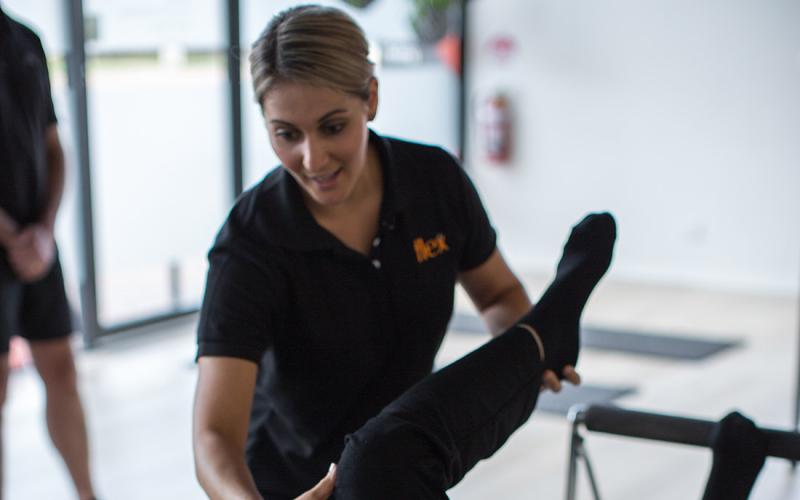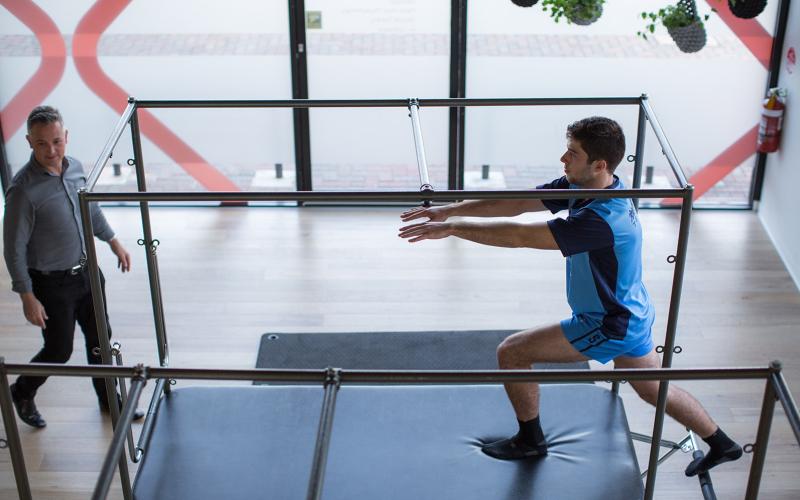What is Flex FIT?
For those who are unaware…the FIT in Flex FIT stands for Functional Individualised Training!
What does functional and individualised training mean to me?
Functional training – functional has had many different meanings thrown around, but to me functional training is in reference to exercising and building capacities of different movements that are required for activities of daily living. This is very individual depending on your occupation and lifestyle but movements like walking, bending, jumping, standing, throwing, squatting are considered as functional movements. For training to be functional it needs to include exercises that replicate or have a component of these movements.
Individualised training– allows adjustments to programs to suit the individual. Exercise programs should match the motivation, abilities, experiences, personal preferences, past/current injuries and physical condition of the individual so that the program is effective and enjoyable.
However, a good program is not just individualised and functional. A good program also requires the following:
- Overload
- Rest/Recovery
- Variation
- Specificity
- Enjoyment


Overload
Our bodies are fantastic robust machines that are constantly adapting. For our bodies to adapt positively i.e. increase strength, lose weight, increase control, it requires a sufficient amount of overload that is more then it can currently tolerate.
Overloading can be achieved by:
- Increasing the frequency of exercise sessions
- Increasing the volume of each workout i.e. sets and repetitions
- Increasing the intensity, i.e. adding an extra spring or holding a heavier weight
- Making the exercise more unstable
Rest/Recovery
As mentioned previously we exercise to stimulate adaption although many believe this adaption occurs in the gym. The recovery from training is just as important as the training itself as this is the time when the adaption to training occurs. Their needs to be a balance between training and recovery, if we over recover by not cueing the stimulus to adapt regularly our performance will decrease. Vice versa if we over train without sufficient recovery performance will decrease as well.
Variation
Variation has some importance, although too much variation can become an issue as well. Working on a variety of goals, muscles or movements is important and having 3-6 exercises per movement is sufficient. If you try and work on too many things at once its hard to achieve enough overload for that particular movement/muscle/activity.
Specificity
A program should match people’s goals. The reason why we set goals for every Flex FIT program is so we can tailor the program to suit these goals. If your goals change so should your program.
Enjoyment
The most important part of a program in my opinion is that it needs to be enjoyable. The type of exercise whether it is running, strength training or Pilates, should be enjoyable. If an exercise program isn’t enjoyable it makes it hard for you to be consistent and motivated to do it.

Lastly, exercise programs are never set in stone and will need to be adapted if an exercise is too difficult or not difficult enough, or if a new injury or flair up of an existing injury occurs. The benefits of having supervised exercise sessions are so that the therapist can monitor this and adjust your exercise accordingly so you can continue to benefit from the program.